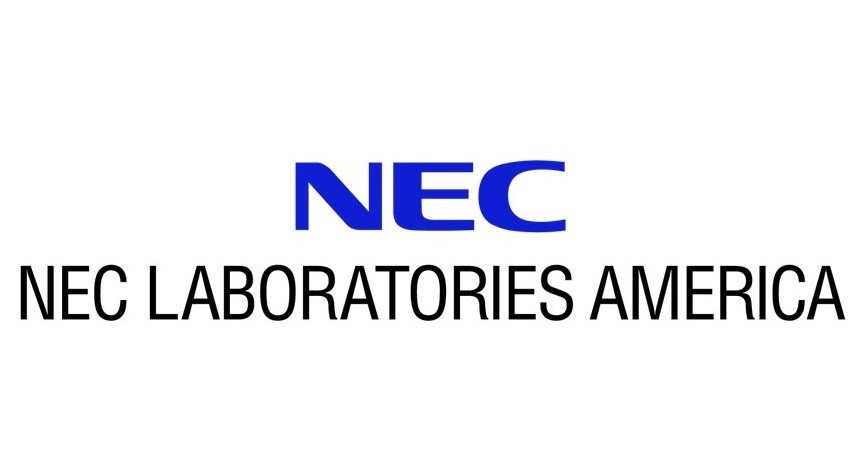Eric Blow Presents at the IEEE Photonics Conference Singapore on November 10th & 13th
Eric Blow of NEC Labs will address how machine-learning methods applied to distributed acoustic-sensing data can monitor facility perimeters and detect intrusion via walk, dig, or drive events over buried optical fibre—for example achieving ~90% classification accuracy. Later in the week he will explore neuromorphic photonic RF sensing combining silicon photonics with FPGA-based recurrent neural networks, and his intern Yuxin Wang will present a finalist paper on scalable photonic neurons for automatic modulation classification.


